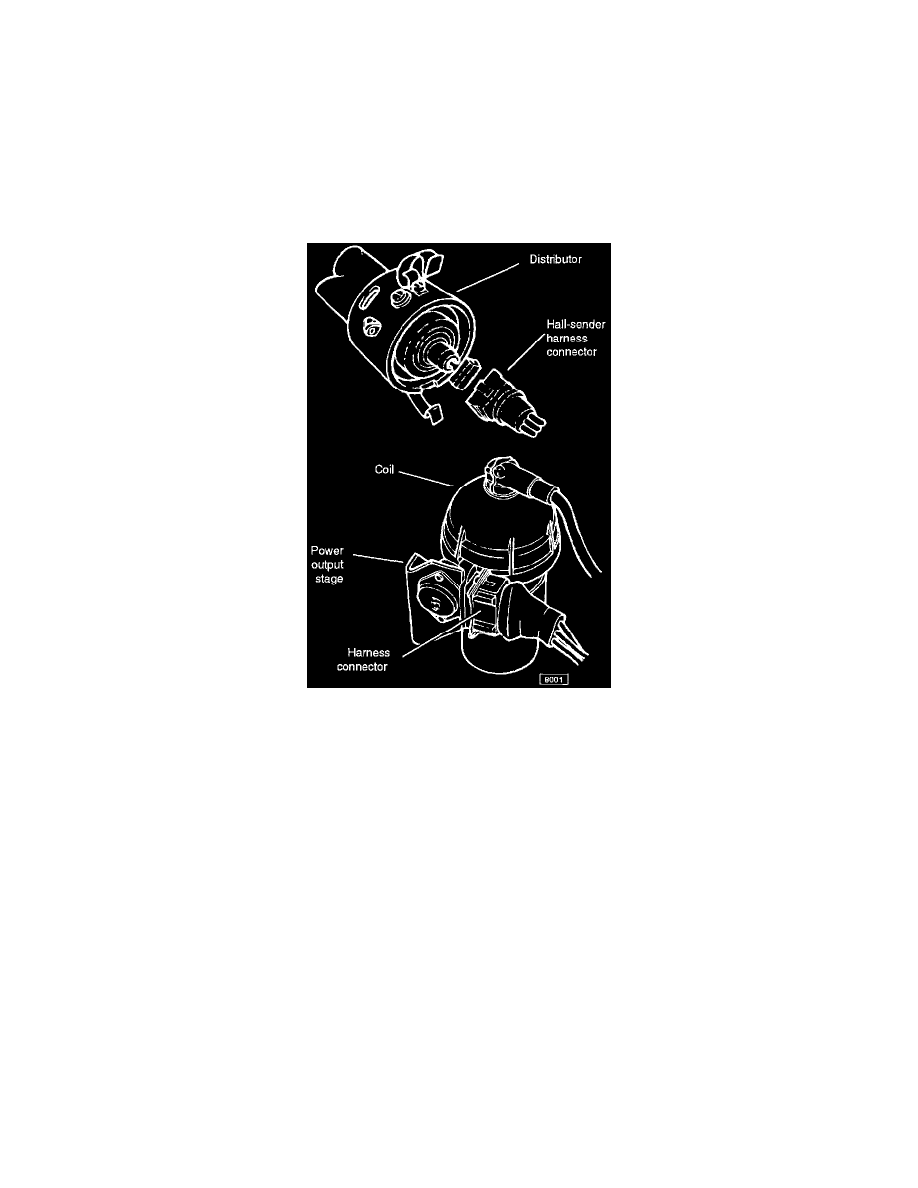Scirocco L4-1781cc 1.8L DOHC (1986)

Compression Check: Testing and Inspection
COMPRESSION TEST:
General:
-
A test of compression pressures in the individual cylinders will tell a lot about the condition of the engine without the need for taking for taking it
apart.
-
The battery and starter must be capable of turning the engine at normal cranking speed to achieve meaningful results. The area around the spark
plugs should be clean, to avoid getting debris inside the engine when they are removed. Because engine temperature may affect compression, the
most accurate results are obtained when the engine is at normal operating temperature.
To Test Compression:
Hall Sender Connector & Power Output Stage Connector
1. Disable the ignition. Disconnect the harness connectors from the power output stage of the ignition coil, and from the hall sender at the ignition
distributor.
2. Disconnect one end of the intake air duct from between the fuel metering unit (atop the air filter housing) and the throttle valve, to keep fuel from
being injected during the test.
3. Disconnect the spark plug wires and remove the spark plugs. Label the wires with the proper cylinder number.
4. Thread the compression gauge into the spark plug hole, just tight enough to seal. Over tightening will damage the seal on the gauge line.
5. Place the transmission in neutral. Hold the throttle wide open and crank the engine with the starter. Record the highest value indicated by the
gauge.
NOTE: The gauge reading should increase with each engine revolution. Continue cranking until the gauge needle stops rising (about 4 to 5
revolutions).
6. Actuate the pressure release valve, or slowly unthread the gauge to relieve the pressure. Remove the gauge.
7. Repeat the test for each of the other cylinders. Record the data and compare with specifications.
8. Reinstall the spark plugs and wires. Reconnect the intake air duct. Reconnect the coil power output stage and distributor connectors.
Compression Specifications:
New: l0 to l3 bar (l45 to l89 psi)
Wear limit: 7.5 bar (109 psi)
Maximum difference between all cylinders: 3 bar (44 psi)
-
Compression values that are low in all cylinders indicate general wear-probably worn piston rings and perhaps excessive piston/cylinder wall
clearance. Compression values that are low but erratic suggest leaking valves and valve seats.
